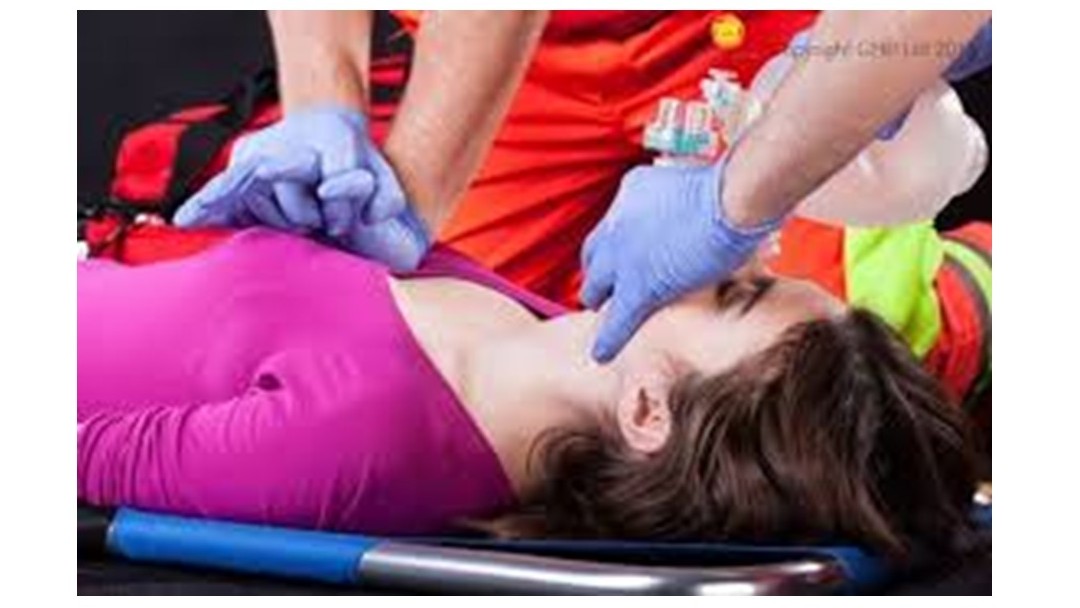Welcome to an update on the Resuscitation Council Guidelines 2021. During the podcast, resuscitation colleagues will highlight the main changes.
Basic life support
The adult basic life support algorithm shows no major changes. Cardiac arrest recognition remains the key priority, along with triggering an emergency response – either 999 for community or 2222 for in hospital response. Provide chest compressions and rescue breaths 30:2 as soon as possible following cardiac arrest confirmation. Ensure someone has been despatched to collect an automated external defibrillator (AED) if available. In community scenarios the ambulance service may be able to advise of the nearest AED. Attach the AED as soon as it becomes available and follow the instructions.
Choking
There are no changes to the choking algorithm for adults and children over one year. Continue to deliver up to five back blows followed by up to five abdominal thrusts. For children under one year, up to five back blows followed by five chest thrusts.
Tachycardia
There are minor changes to the drug doses in the management of tachycardia. Please refer to the tachycardia algorithm.
Adult advanced life support
The emphasis remains on high quality chest compressions. The drug management of ALS, including the use of adrenaline and amiodarone, are unchanged. Consider thrombolytic drugs when pulmonary embolism is suspected or confirmed. IV fluids should only be used when cardiac arrest is caused by, or possibly caused by, hypovoleamia. Consider mechanical chest compressions only if high quality manual chest compressions are not practical or compromise provider safety.
For further information on cardiac arrest in special circumstance please refer to the Resuscitation Council UK website – https://www.resus.org.uk/.
Anaphylaxis
In anaphylaxis, we find some changes to the treatment algorithm. Keep a patient with cardiovascular instability lying flat with or without the legs raised. Changes in posture from supine to standing have been associated with cardiovascular collapse and death. Continue to assess your patient using and A-E approach. For diagnosis purposes pay special attention to sudden onset of airway, breathing and circulation as well as any unusual skin changes.
Call for help by dialling 999 or 2222 depending on location. If possible, remove allergen. If available, give intramuscular adrenaline according to age appropriate guidelines. Please note there are additional changes to paediatric doses.
If available, apply high flow oxygen and begin monitoring. If there is no improvement after five minutes, repeat adrenaline dose and consider fluid bolus. If still no improvement, ensure resuscitation team or ambulance is on its way and implement the refractory anaphylaxis algorithm. Please note IV adrenaline infusion should only be used in certain specialist settings and by those experienced in its use. Note many health care providers may have given IV adrenaline during resuscitation, however, this is insufficient experience to justify them using IV adrenaline in the treatment of anaphylaxis.
Please note anti-histamines are not recommended in the initial treatment of anaphylaxis as they are of no benefit in the treatment of life-threatening symptoms, although may be used once the patient’s condition is stabilised to aid treatment of cutaneous symptoms. The routine use of corticosteroids is no longer advised.
For details of the new guidelines, visit: https://www.resus.org.uk/library/2021-resuscitation-guidelines
Listen to the podcast here – https://vimeo.com/586697869



